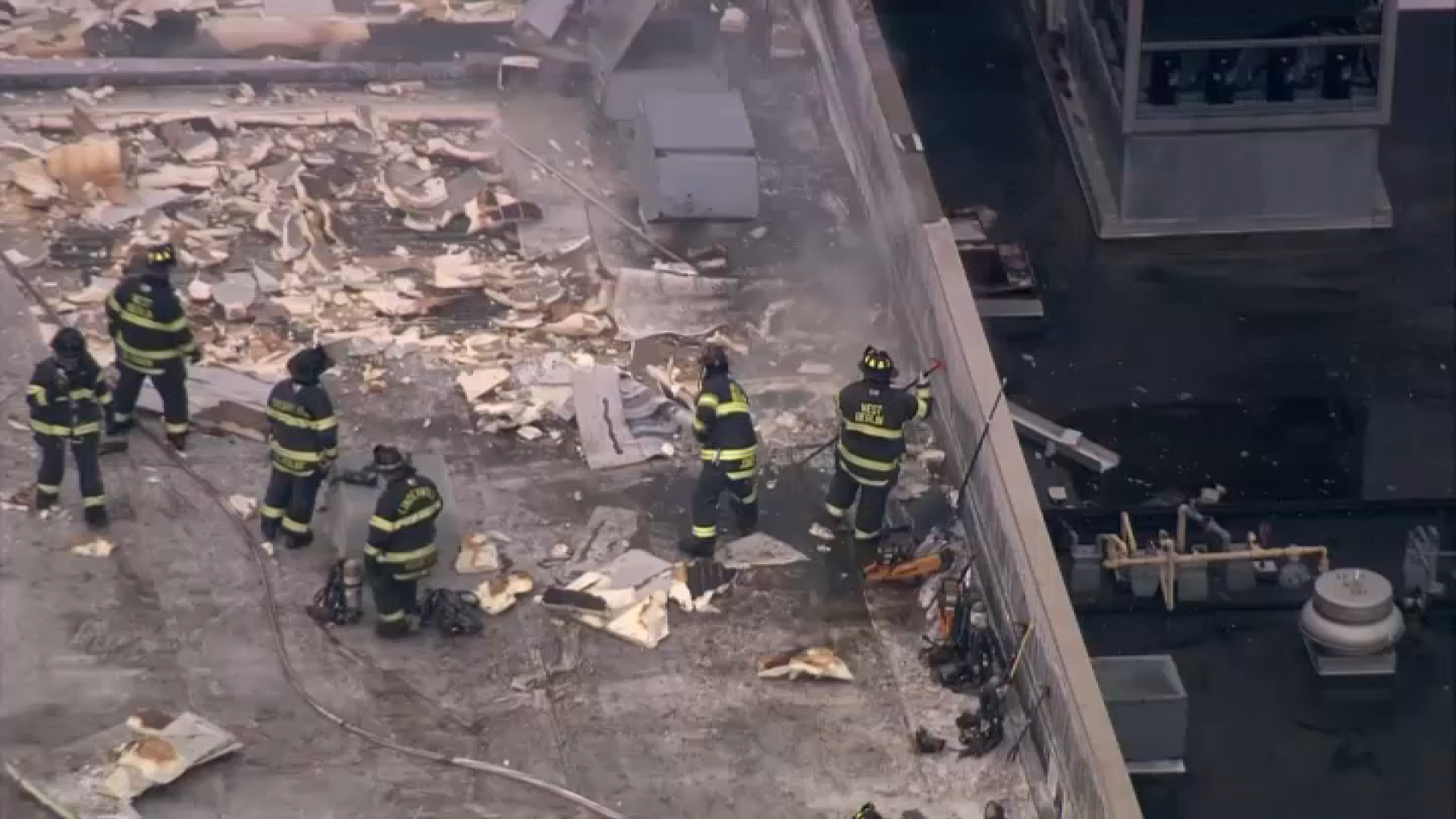New research from the University of Pennsylvania's Perelman School of Medicine has yielded an unexpected finding on personal safety.
"If you consider safety as your risk of injury overall, we found that you're actually safest in larger cities and get less safe as the areas become more rural," said Sage Myers, the lead author of a study published Tuesday in the Annals of Emergency Medicine.
That's right, Myers says: The big, bad city is less deadly than the suburbs or small-town America.
Myers, a physician at the Children's Hospital of Philadelphia and an assistant professor at Penn's medical school, crunched the data from nearly 1.3 million injury-related deaths in the U.S. from 1999 to 2006, excluding the terrorist attacks of 9/11.
The study found that motor vehicle crashes, firearms and poisoning were the top causes of injury-related deaths. As for the relative safety of cities, Myers says she was "a little surprised."
"If you look at everything together, cities actually seem kinda safe," she said.
The study confirmed that murder rates are higher in more urban areas, but fatal car crashes are far more common, especially in more rural areas. The greater magnitude of those unintentional-injury deaths (i.e., car crashes, falls, etc.) gave cities the statistical edge on safety.
Myers' research team had to obtain special permission from the National Vital Statisitcs System to access the trove of data from the nation's 3,000-plus counties.
Local
Breaking news and the stories that matter to your neighborhood.
The Penn researchers also took a closer look at America's 20 largest cities.
Of that group, Myers added, Philadelphia has the highest injury-related death rate.
This story was reported through a news coverage partnership between NBC10.com and NewsWorks.org



